Antiques Roadshow guest receives SHOCKING appraisal after learning the secret history of her ‘royal’ amethyst necklace
A guest on the popular show Antiques Roadshow brought an amethyst necklace, a family heirloom, believed to have belonged to a British socialite and King Edward VII’s mistress.
If the guest was looking for a nice payday, her hopes were quickly dashed when jewelry expert Sarah Churgin valued the piece at just “$3,000 to $4,000” after explaining the history behind it.
“If it had a royal provenance, we could double that price,” Churgin said.
Before Churgin lends her expertise in precious jewelry, the guest was giddy to retell the story of how she acquired mistress Lillie Langtry’s amethyst necklace.
She said: ‘I have an amethyst necklace that belonged to my husband’s great-grandmother. I inherited it from my mother-in-law last year when she passed away.’
The guest (photo) poses with the amethyst necklace that is said to have once belonged to socialite Lillie Langtry
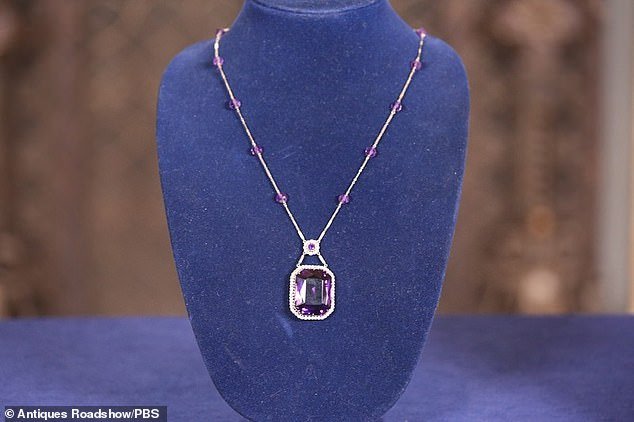
Close-up of Sarah Churgin, expert on amethyst necklaces, worth $3,000 to $4,000
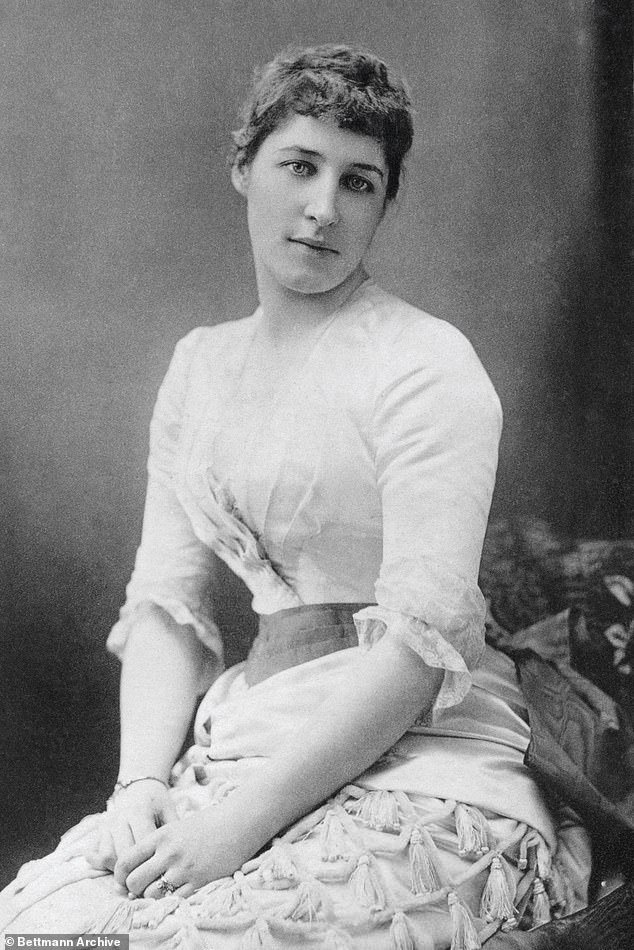
British actress Lily Langtry (1853-1929), the first society woman in professional theatre, but also theater manager, racehorse owner and mistress of the Prince of Wales, Edward VII.
The guest explained that her mother-in-law bought the necklace at an auction in Atlantic City, New Jersey, in 1929, the year Langtry died.
She said her mother-in-law “loved amethyst, because we have an amethyst letter opener, amethyst rings, she was very enthusiastic about amethyst, which I read Lillie Langtry was too.”
Langtry was born in 1853 on Jersey, a small British island off the coast of France. After her first marriage ended, she moved to London, where she met the future King Edward VII at a dinner party in 1877. At that time he was still the Prince of Wales and would not become king until 1901.
According to Churgin, Edward “maneuvered to sit next to me [Langtry] and it began a relationship that lasted many years.”
‘They were lovers for three years and then she became pregnant with another man’s child. Interestingly, Edward VII bought her a house in Bournemouth and actually paid for her [postpartum] confinement in Paris. She acquired assets in California and died in Monaco in 1929,” Churgin added.
The year 1929, when Langtry died, was the same year the auction took place in Atlantic City, where the guest’s mother-in-law took Langtry’s necklace from a man named Harold A Brand.
Churgin revealed that in 1949, Brand “was brought up on multiple charges of conspiracy, of conspiracy to commit fraud.”
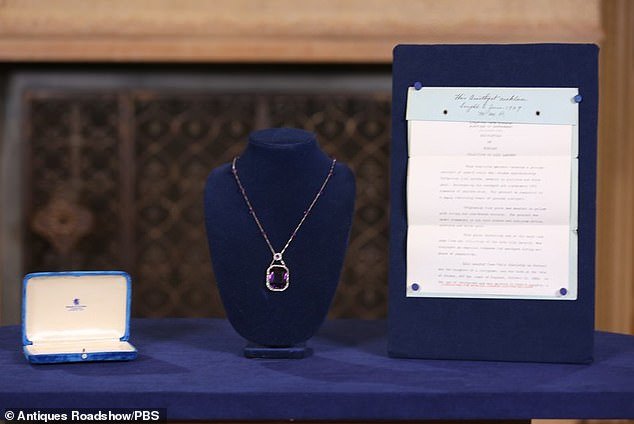
Churgin questioned the authenticity of the mounting of the amethyst and the box in which it came
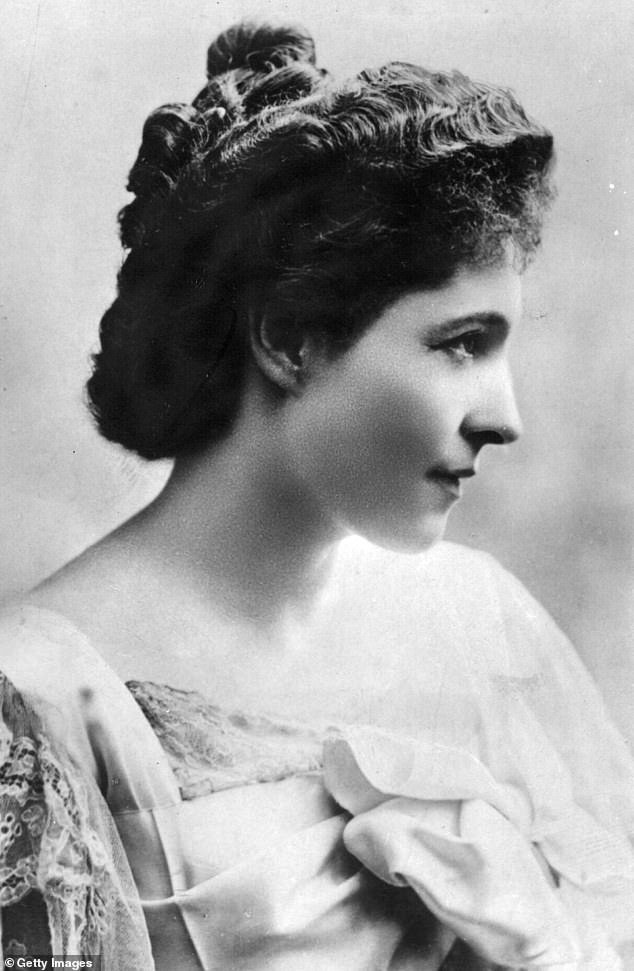
Langtry (pictured) died in Monaco in 1929, the same year the guest’s mother-in-law supposedly bought one of her necklaces in Atlantic City, New Jersey
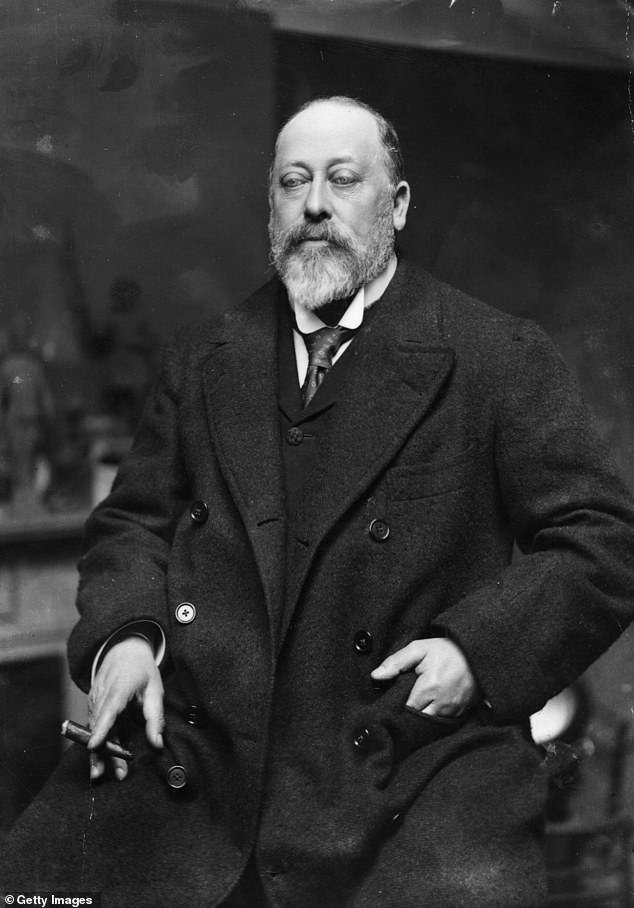
Edward VII (1841 – 1910) was the eldest son of Queen Victoria and Prince Albert, and later became King of Great Britain in 1901
‘Oh dear!’ the guest exclaimed, shock written all over her face.
Churgin did not raise doubts about the seller of the amethyst necklace, but also raised skepticism about the value of the piece itself.
‘What we do have here is a very beautiful amethyst necklace from the Art Deco period. King Edward gave jewelry from famous makers to his lovers and to his wife,” Churgin said. ‘This piece contains no maker’s marks.’
Churgin added that the amethyst had been remounted and that the box the necklace came in was “fairly commercial quality” for the time.
“So the case isn’t nice enough either!” the guest joked.
Churgin concluded by saying, “If Edward VII had given it to Lillie Langtry it would be one thing, but nevertheless a fair auction value would be $3,000 to $4,000.”
